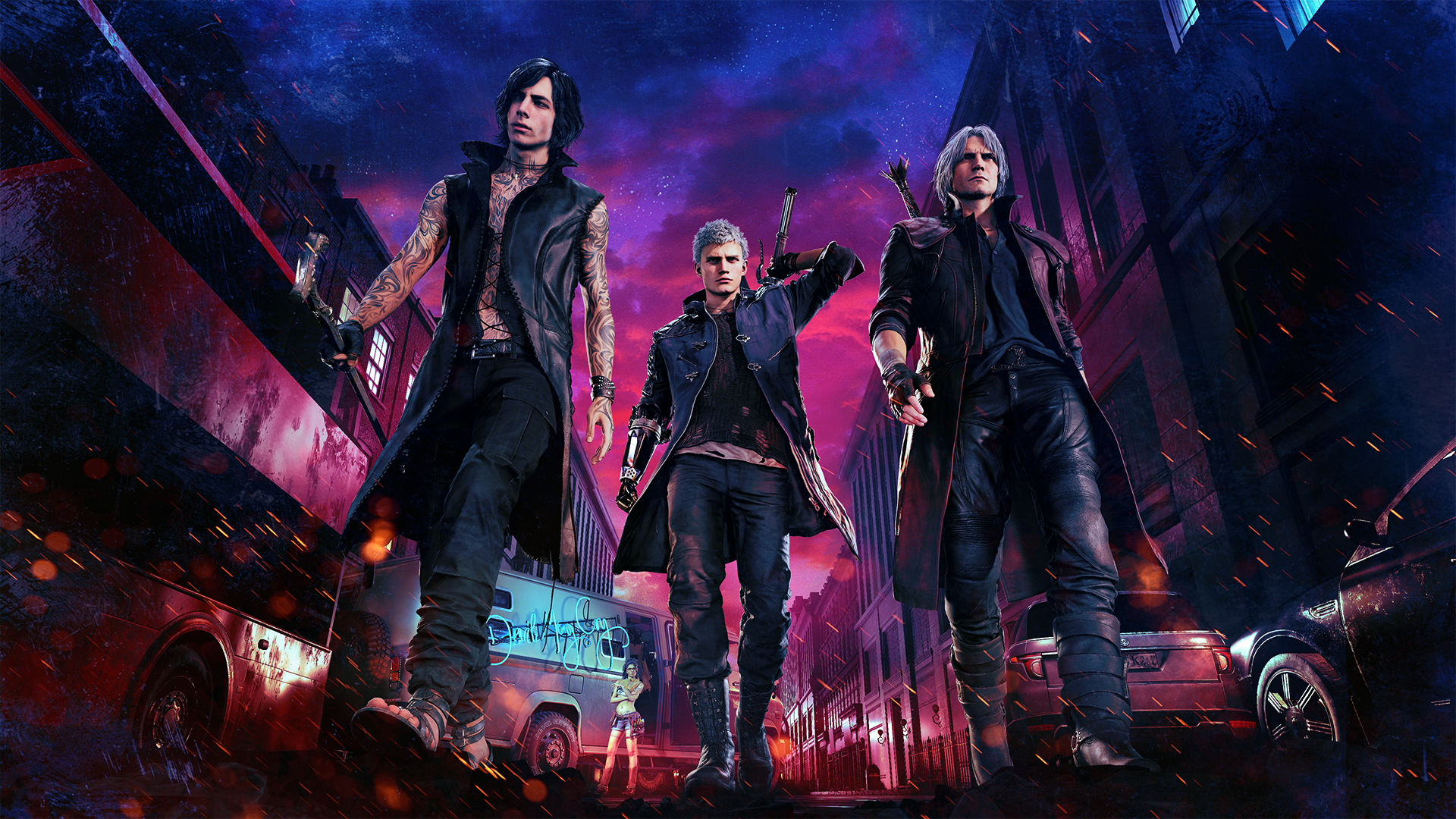
Devil May Cry 5 is a linear action game. It features a rotating cast of characters that are largely non-customizable. There are no side quests. There are no loot boxes. Short of the Bloody Palace DLC which is coming soon, there has been no indication of post-launch content to add playable sections or expand stories.
When’s the last time a AAA game launched from a big publisher like Capcom without a season pass already detailed and available to pre-order? There’s no post game grind, or “end game content.” Not even the hint of some Uplay-like incentive program tie ins.
They don’t make games like this anymore.

In a way, we consumers don’t allow for these games to really be made anymore. As much as we decry the demise of the single-player experience, we are too often complicit in the waning of that market. We show up in droves to buy looter-shooters, and dump hundreds of millions of dollars into micro-transactions of free to play offerings. The market adapts around these options, siloing its investment resources into more Fortnites and less Senua’s Sacrifices.
This isn’t to shame us, the consumer. We are allowed to buy what we like, and there’s nothing wrong with liking the sort of mainstream fair we expect these days. But “market forces” tend to dictate much of how big game makers move these days. To see one so aggressively ignore these indicators and make a game that feels more like a PS2 game than a PS4 game says more about them than us.
There’s always been an “against the odds” energy when it comes to Devil May Cry. It’s really only poetic that this game happens to be a story about the legacy of a rebellious half-demon monster slayer. A game from a series that took 10 years to finally show its face in public again. A game originally created by a man who looked like this in high school.
 It’s not so much surprising as it is refreshing to see Devil May Cry 5 take so much care in keeping true to that original mission statement from back in 2001: stylish, over-the-top action. Mechanically, plenty has changed, but DMC5 does a great job of making it feel like we remember it, even if that’s just a parlor trick of modernity.
It’s not so much surprising as it is refreshing to see Devil May Cry 5 take so much care in keeping true to that original mission statement from back in 2001: stylish, over-the-top action. Mechanically, plenty has changed, but DMC5 does a great job of making it feel like we remember it, even if that’s just a parlor trick of modernity.
Many of the guns it sticks to are great, and helps the experience stand out among so many others. Travelling through levels, the spaces are designed for only a handful of things: hiding collectibles from you, giving you an arena to kill things in, and small paths that connect the two. Like DOOM in 2016 and Cuphead in 2017 demonstrated, there’s no reason to hide the action behind over-designed levels when it’s really good.

The action itself is the focal point, but it’s also not really that difficult. Maybe a lesson learned from older entries in the series, but DMC5 makes killing things easy, and gives you a big sack of tools to do it with. In the combat games that dominate the charts these days like Bloodborne, every fight is a struggle, and knowing that you struggled so much to get to the end of the journey is the reward, so to speak. In DMC5, anyone can kill people. But can you do it in the flashiest, most epic way possible? That Tony Hawk Pro Skater-style score chasing is something you didn’t know you needed until you realize its been gone for so long.
It’s not all roses, of course. There are bad platforming sections that were clearly put in there just because someone decided single player action games require platforming sections. Awkward mission pacing plagues the game, as it often does in titles like this. Some missions go on far longer than they should. Some missions don’t need to exist at all. There’s some sort of internal bar that DMC5’s team feels constantly compelled to reach for with these little factors, whether it’s good for the game or not. That sort of stubbornness is also reminiscent of days gone by.
But at least taking the time to revel in the audacity of Capcom for even pulling the trigger on this is good for the soul. It doesn’t necessarily justify all of the design choices of the past, but it does elevate the very best ones. It’s always the messiest artists who provide such clarity of vision while still also befuddling folks with strange inclusions or caveats. We must definitely put Hideaki Itsuno in that pantheon, with the Quentin Tarantinos and the Cormack McCarthys.






